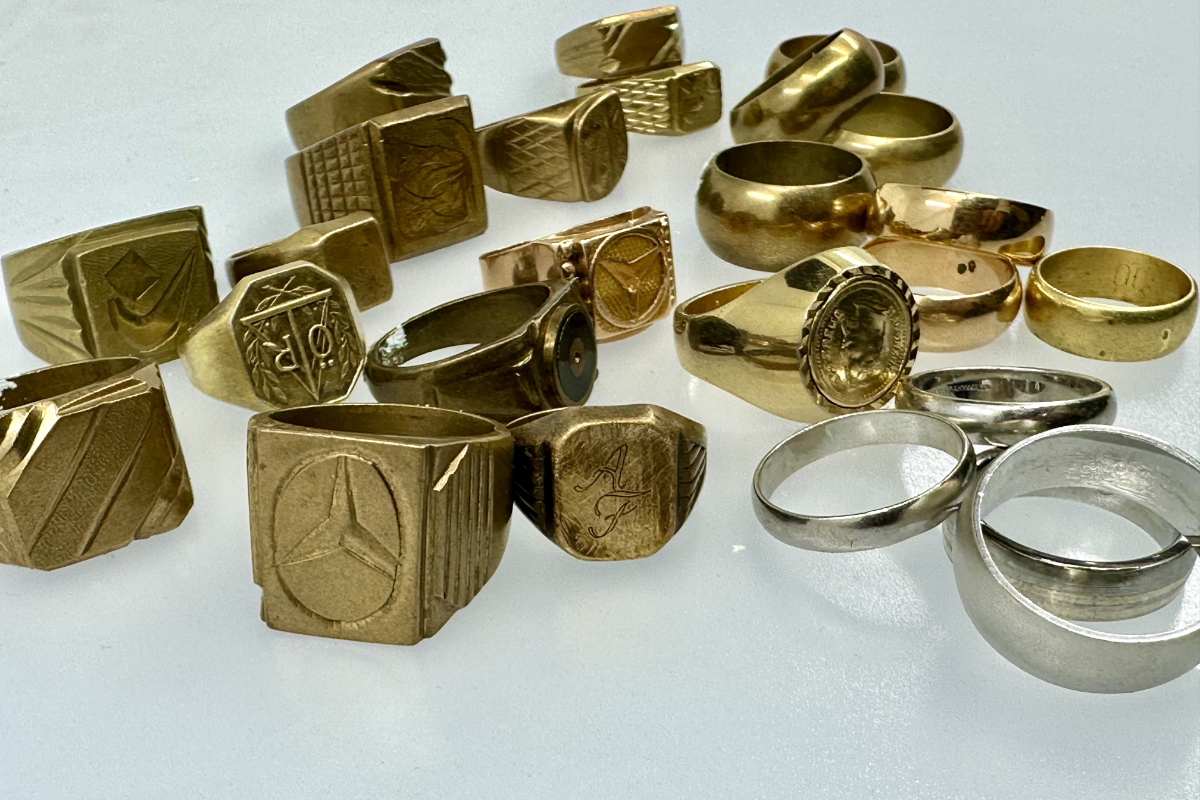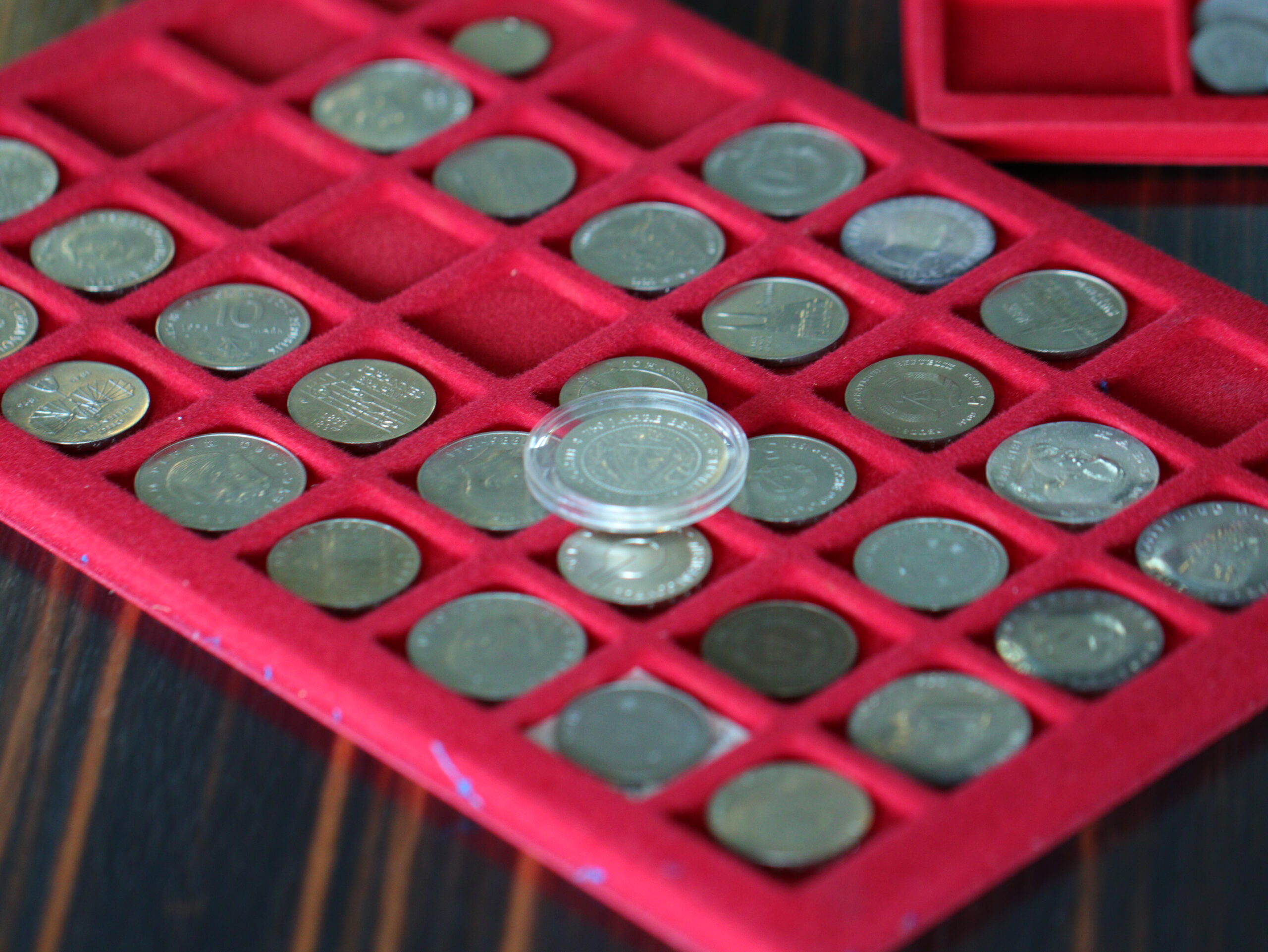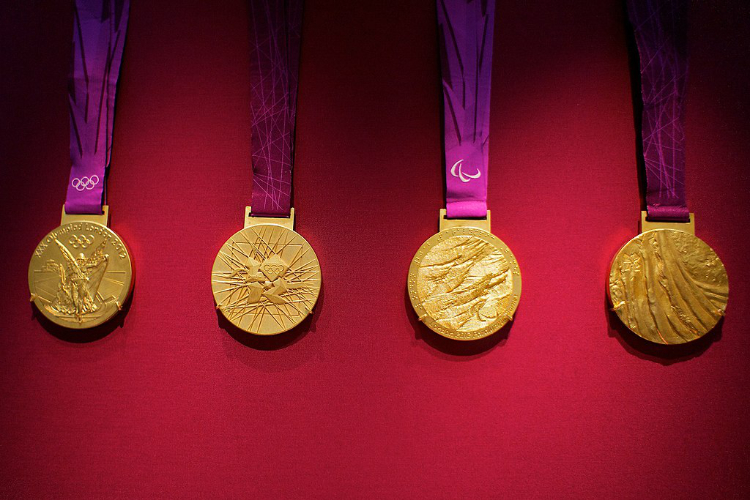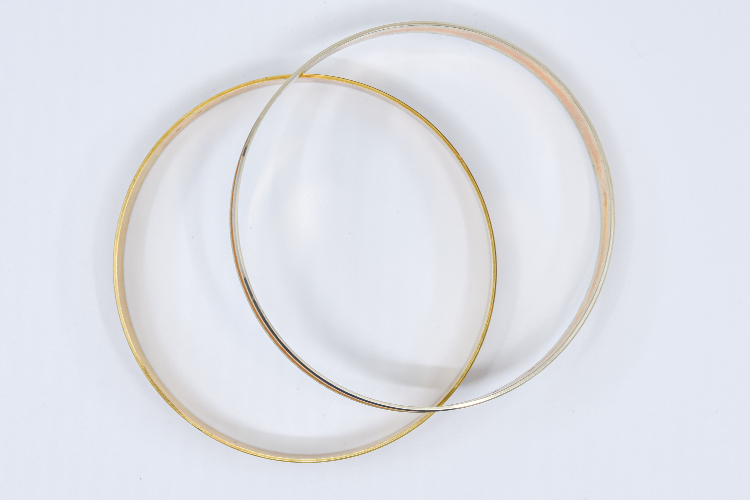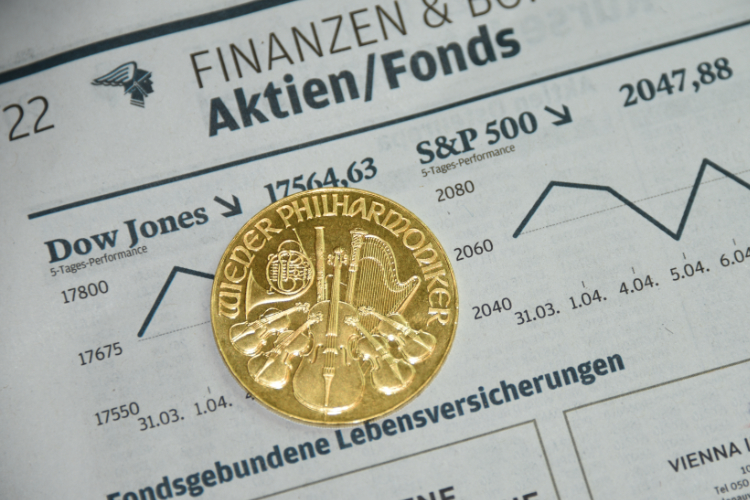
Different types of investment gold
If you want to invest money in gold, there are basically two options: The purchase of actual physical gold or the purchase of paper gold.
With the "classic" purchase of physical investment gold, you buy gold in the form of gold coins or gold bars.
To this end, numerous forms have emerged on the markets to indirectly buy gold in the form of so-called "paper gold".
What is paper gold?
Paper gold refers to securities that are either backed by physical gold or whose value is based exclusively on the general gold price.
The types of these exchange-traded gold products range from gold certificates, gold derivatives, ETCs and funds to futures and options.
What all these financial products have in common is that the buyer almost never actually holds a piece of gold in his hands.
Gold Certificates & Gold ETCs
Gold certificates are a classic form of paper gold. As index certificates, these track the gold price in a certain ratio (around 1:10). However, gold certificates are legally only bearer bonds. This means that you are not actually buying gold.
Through varieties such as bonus, discount and leverage certificates, financial instruments are also offered that are even more suitable for speculation.
Exchange-traded commodities ("ETCs") are a special paper gold product. Like gold certificates, these exchange-traded securities are also based on the price of gold. From a legal point of view, they are also debt securities of the issuer.
Unlike certificates, however, gold ETCs are actually backed by physical gold. When buying a gold ETC, the buyer also acquires a delivery claim to a certain quantity of this gold.
Probably the best-known paper gold product in the German-speaking world, XETRA Gold, is one such ETC issued by Deutsche Börse.
Even though XETRA gold is sometimes referred to as "German gold shares", this bond actually involves physical gold. Investors generally do not take delivery of XETRA gold, but it is possible in principle - subject to a corresponding fee.
Gold mining shares
Shares in gold mines are certainly a special feature of the paper gold market. Here you are not even buying gold indirectly, but a classic share in a company. However, the share prices of mines are heavily dependent on the development of the gold price.
Because if the price of gold rises, the profit prospects of gold mining companies are also positive.
Gold ETFs
In recent years, ETFs (exchange-traded funds) have been strongly promoted as an alternative to savings accounts and are now regarded as an entry-level product for securities. These exchange-traded index funds replicate certain market indices 1:1 and score points for their relatively low ancillary costs.
In addition to ETFs that track equity indices, there are also ETFs that track the price of gold. These gold ETFs are then also fully (or at least partially) backed by physical gold and can be traded in real time during trading hours.
However, because exchange-traded index funds in the EU are not allowed to invest exclusively in a single commodity, there are no domestic gold ETFs. Anyone wishing to invest in pure gold ETFs must therefore fall back on foreign ETFs.
The two largest and most popular gold ETFs are the SPDR Gold Shares and the iShares Gold Trust. However, there are also numerous ETFs that use other gold securities as indices.
Vault gold
Vault gold can be seen as an intermediate form. Here, the investor acquires ownership of a certain amount of physical gold upon purchase. However, the purchased vault gold usually remains with the provider and is kept in their vault.
Unlike paper gold, with vault gold you actually own the gold. One advantage is that you don't have to worry about the storage, transportation and security of your gold.
The disadvantage, however, is that not only are there ongoing costs for storage and insurance, but sometimes high fees and ancillary costs are incurred when buying and selling.
Conclusion
In our view, physical gold and paper gold serve two different purposes:
In any case, physical gold should be bought to hedge assets in the long term. However, it is not suitable for speculation. Physical gold offers the highest level of security. Stored safely, it is accessible at all times, can also be traded in the event of a crisis and has guaranteed stable value for thousands of years.
Paper gold can also be seen as a long-term investment, but is often used for speculation. As it can be traded like other securities, investors also like to take advantage of short-term price fluctuations to liquidate or reinvest profits. At the beginning of the coronavirus crisis, we also saw that the paper gold price had become decoupled from the actual commodity price.
Paper gold cannot keep up with real physical gold, especially in terms of security. Depending on the specific paper, you have to reckon with more or less high risks: Issuers of securities can go bankrupt, gold mine operators can become insolvent, the claim for delivery of gold may have to be enforced in court in the event of a crisis, etc.
When buying investment gold in physical form, on the other hand, you actually hold your gold in your hands, so you have immediate access and the risk of a total loss is excluded.

